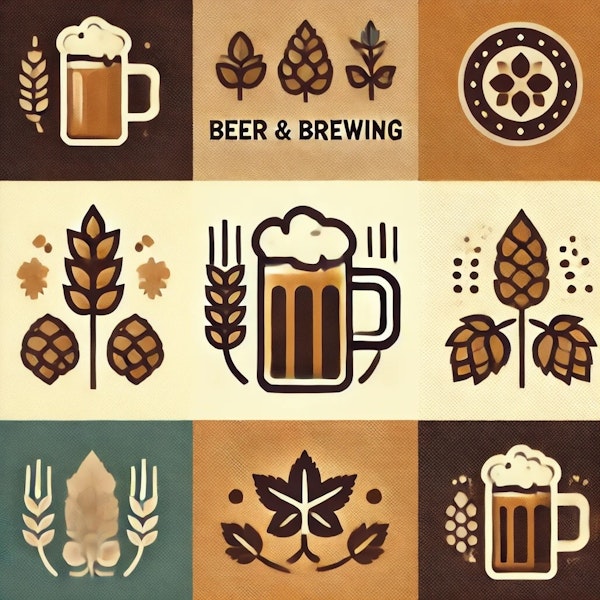
We help you identify some beer styles that match, enhance, or confound that fridge full of fun that you faced this morning.
The southern English brown ale is a sweet beer and big on flavor, with a sessionable ABV. Josh Weikert discusses his favorite techniques for brewing the best southern English brown ever.
The Helles is a challenging beer to get just right, but once you learn to dial it in, you’ll have a beer that just about everyone likes to drink.
Far from being thin in flavor, Scottish 60 Shilling beers overperform relative to their gravity and grist, thanks to kettle caramelization and a judicious use of crystal malts.
The dopplebock is a bit trickier to get just right, but when you do, you’ll have a delicious, higher-ABV dark lager to enjoy.
The Roggenbier is the spicier cousin of the Weizen and is the perfect winter lager. If you brew it around Thanksgiving or so, it will be ready to drink just after the new year.
The trick to a tropical stout is making a beer that is sweet (but not cloying), fruity (but without the kinds of by-products that ramped-up esters tend to create), alcoholic (but not hot), and roasty (but not dry). Here’s how.
Hops-forward lagers may be the last genuinely unexplored area of beer composition and style: let’s enjoy it and help define it.
The English IPA is another iteration of the popular style and is more balanced than its American counterpart.
The robust porter is rich in history and flavor. It’s a great style for a beginner or a more advanced brewer who wants to ramp up his/her technical skills…and an excellent base beer to which to add flavor, to boot!